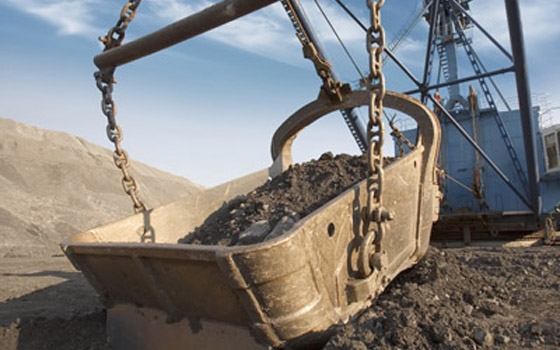Oman's mineral resources, such as marble, limestone and gypsum, saw a jump in production in 2011, compared to 2010. Engineer Saalim bin Omar Al Ebrahim, director-general of minerals at the Ministry of Commerce and Industry, said, "The government is encouraging and facilitating the procedures necessary to extract minerals in order to supply existing industries and to make these minerals available to any new or future industries."
Marble production saw an upward trend in output from 695,077 metric tons in 2010 to 931,409 metric tons in 2011, while limestone output climbed to 4,995,262 metric tons in 2011 from 4,637,976 metric tons in 2010 and gypsum production jumped from 653,232 metric tons in 2010 to 1,254,051 metric tons in 2011.
Saalim said, "In order to leverage its natural resources for faster economic development, the government is doing its best to organize this sector administratively, technically and legally. Moreover, the government is seeking to encourage the private sector to participate in exploration and mining operations by providing them with data which give valuable assistance to develop different types of minerals, such as chromite, copper, manganese and some new minerals."
Regarding ongoing surveys, he noted, "Geological surveys and mineral explorations are essential to discover and evaluate any new mineral and industrial rocks reserves, and thus the government is continuing to carry out all kinds of surveys and explorations."
When asked about tapping the potential rocks and minerals for value-added products such as glass, ceramics, chemicals, fertilizers, refractories, and others, Saalim said, "There is good potential. We are looking into it."
Oman has large reserves of industrial rocks and minerals and its mining history can be traced to pre-Islamic days when copper was mined and exported throughout the world.
The country was then known as Majan, or the land of copper.
Times of Oman
4 February























































